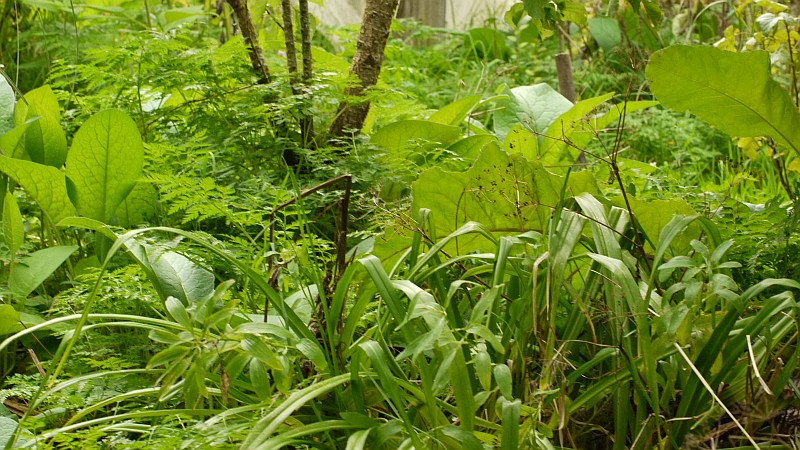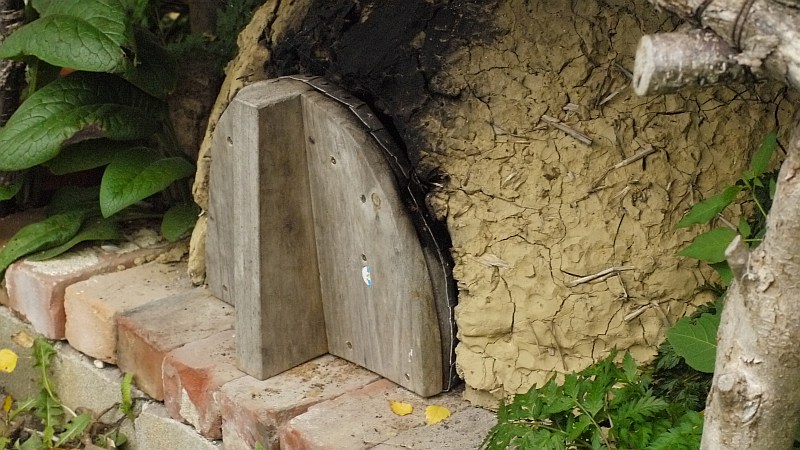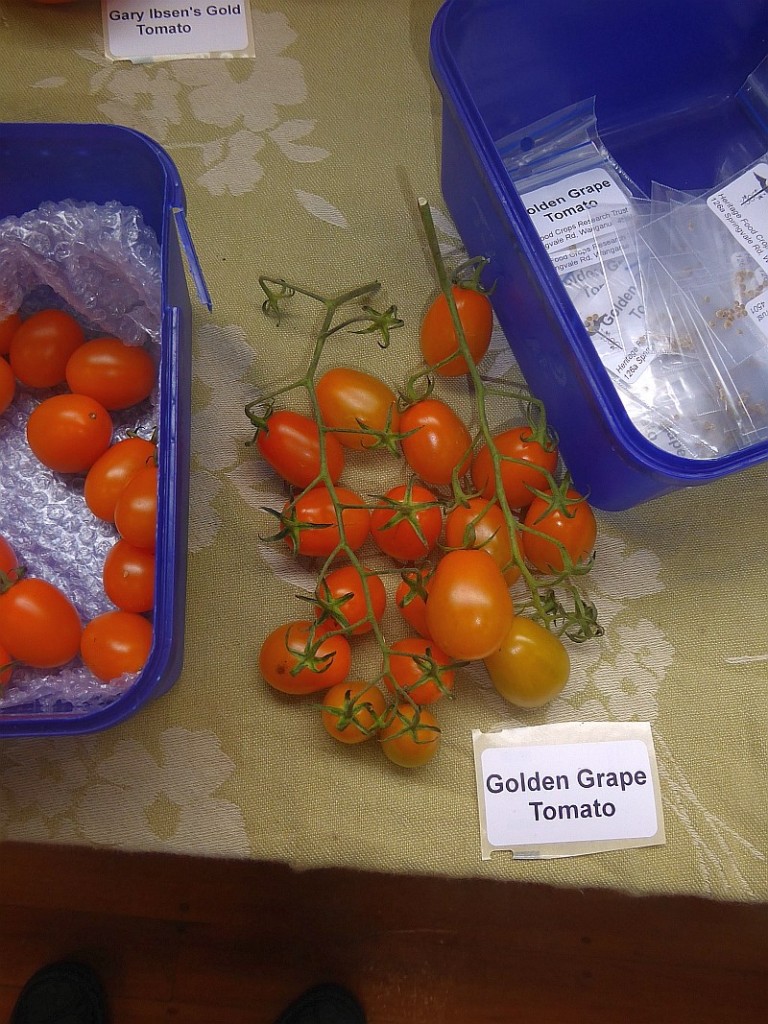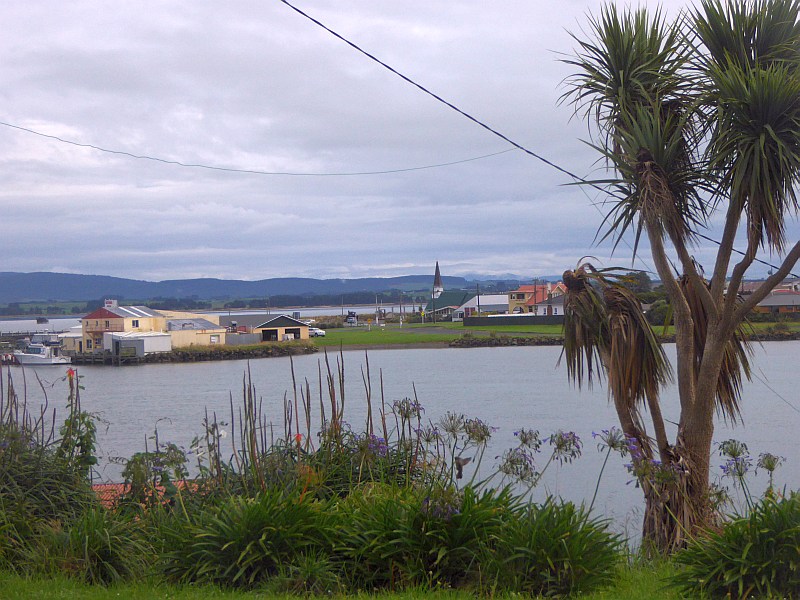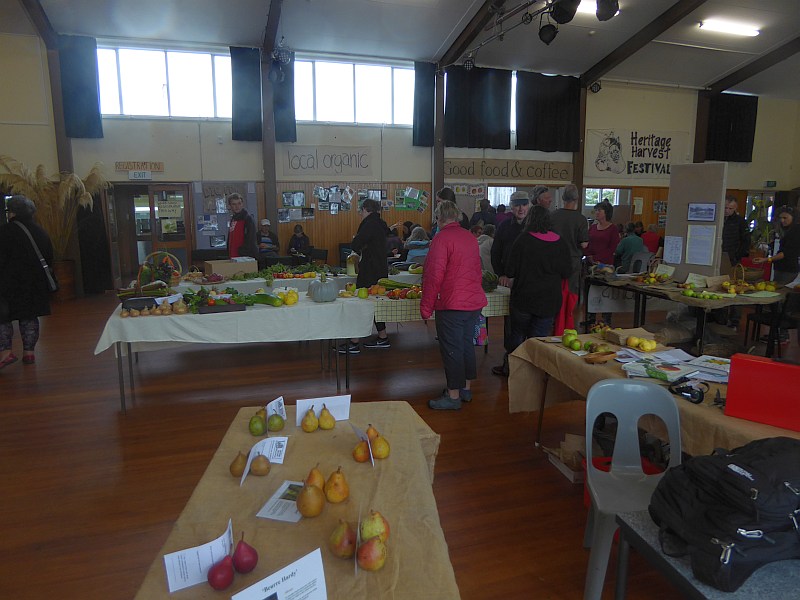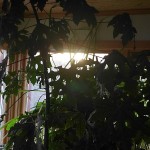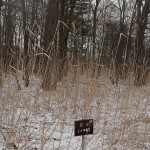At the end of March 2015, I visited the small town of Riverton (Maori: Aparima) (population 1,430) in New Zealand to give a talk at the Riverton Heritage Harvest Festival! The invite to give a talk had come about by way of my friend Steve Hart who I had met at the European Permaculture Convergence in Bulgaria. Steve (who is from NZ) and his lovely lady Martina had moved to NZ that same summer and when I contacted them for suggestions for places to visit / talk, Steve was quick to recommended me to the organisers of the Riverton festival which coincided with my visit! A second contact, Jutta (now Jane) Meiforth who headed the local permaculture group here in Trondheim but who had also moved recently to NZ, wrote to me: “….you should try to visit the food forest belonging to Robert and Robyn Guyton: http://permaculturenews.org/2013/04/21/letters-from-new-zealand-a-permaculture-food-forest-in-the-far-south/” The video above convinced me that this event was essential on my tour of NZ (the Guytons were also central organisers of the festival!)
I’d been meaning to post something about my visit to the Guyton’s forest garden and the festival for a long time. What inspired me to do this was a fantastic new video of the Guytons’ food forest which my friend Peat Miller Moss ( a Kiwi who has strong Norwegian connections!). See https://www.youtube.com/watch?v=6GJFL0MD9fc
If you watch the two videos above you will understand why I think (and hope) that one day Riverton and the Guytons will be recognised as one of the main global origins of the evolution of the New World diversified Perma-order! It really is an inspiring place, particularly as it started as degraded land, and the Guytons have inspired many New Zealand gardeners to plant food forests and, I’m told, have inspired folks to settle in Riverton, resulting in a hike in house prices! Nevertheless, there’s no mention of the Guytons and these very important developments on the town’s wikipedia page!
Below are 3 galleries of my own pictures from my visit to Riverton. The first gallery shows pictures from the food forest…unfortunately my best camera failed and it was getting dark and not the best time to visit being autumn….so these pictures don’t really do the place credit!
The gallery below has been posted before (FB: https://www.facebook.com/media/set/?set=a.10153110186060860.1073742280.655215859&type=1&l=11d4819ff7) and shows the great display of heirloom potatoes, apples and tomatoes at the Festival! See https://
It includes various Maori potatoes (http://
Finally, a gallery of other pictures taken at the festival which was held at the Aparima College Hall in Riverton
After the festival was a great Pot luck Traditional Heritage Feast on the Saturday night! I remember teaching how to fold your own traditional seed packet sometime that evening. The following link shows how! https://fmanos.wordpress.com/tag/origami-seed-packets
I learned this some 30 years ago from my gardening friend Marie Gaden (now 86) who told me she had learned the technique from an old lady! Here’s one of Marie’s seed packets photographed on her table 2 years ago!






